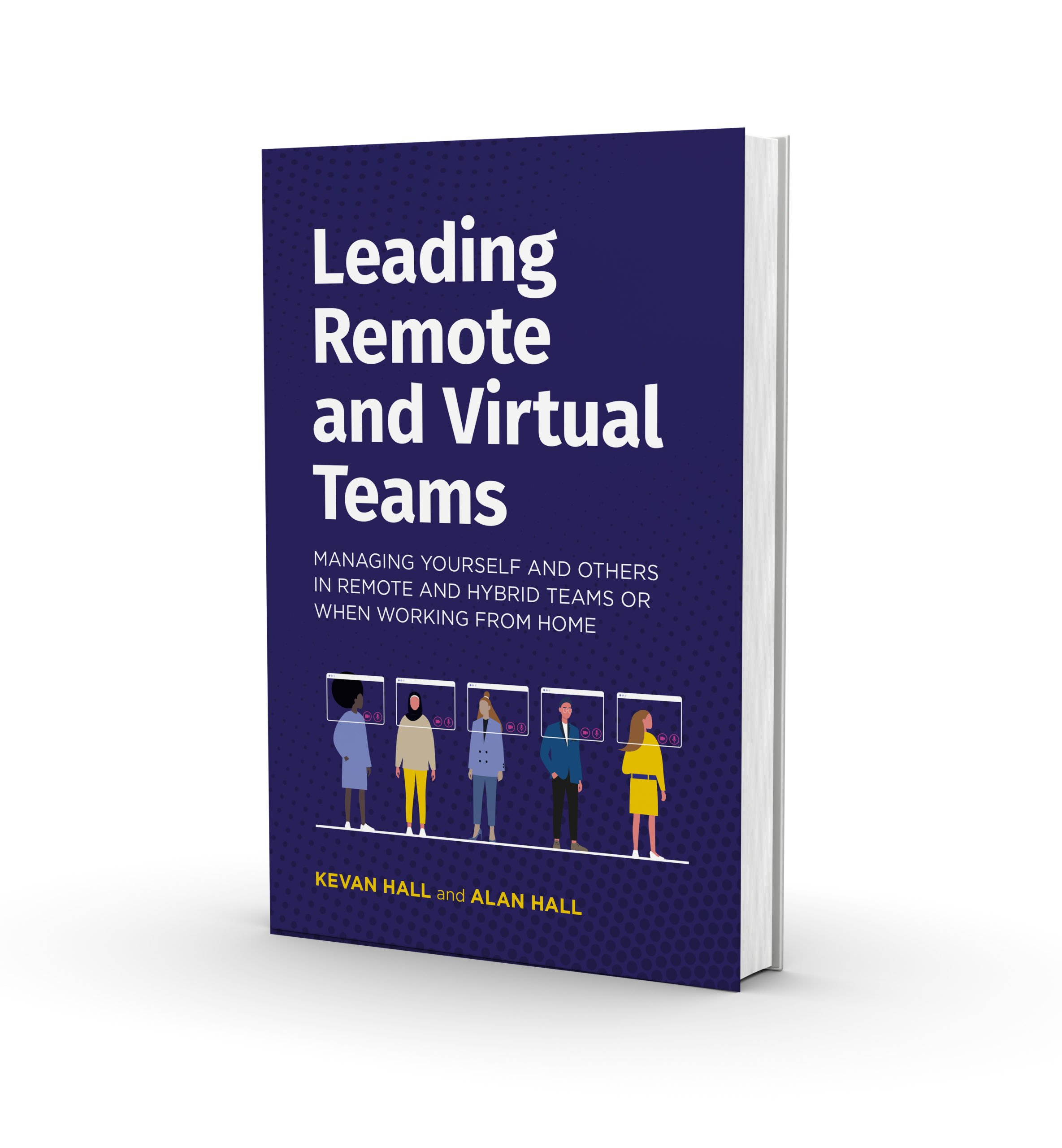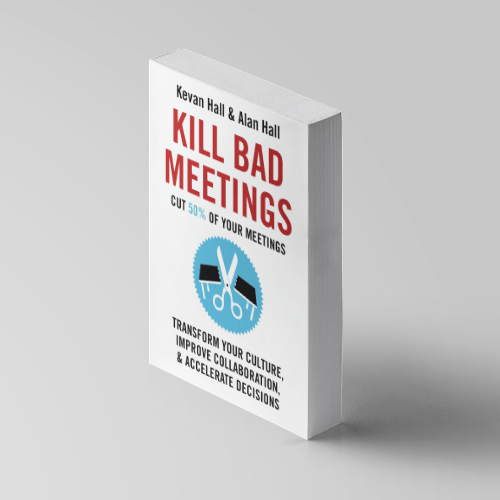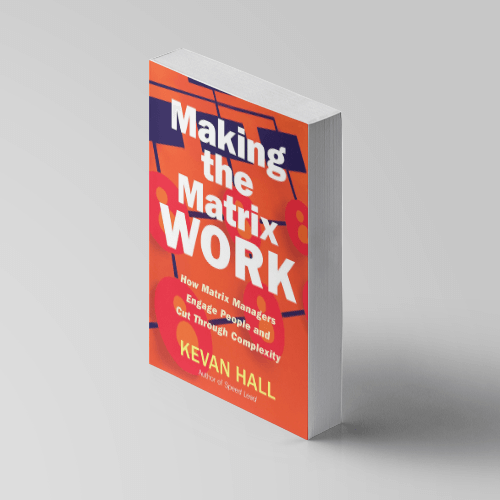Want to learn more about working in an increasingly connected, virtual, matrix, agile & digital organization? Take a look at our comprehensive online insights
We are deep content experts in virtual, matrix and agile & digital ways of working and we believe in being open about our ideas. You can sample our thinking in our books, webinars, white papers, videos and blogs. These ideas and more are embedded in our training programs. You can filter insights by training area and the type of content you prefer.

Agile & Digital / Matrix Management / Virtual Teams / Blog
Time to update your leadership model for the new reality?
Read full article
Agile & Digital / Matrix Management / Virtual Teams / Book
Leading remote and virtual teams book
Leading remote and virtual teams book Publication
Agile & Digital / Matrix Management / Virtual Teams / Book
Kill Bad Meetings
A practical guide on how to cut 50% of your meetings to transform your culture, improve collaboration, and accelerate decisions
Kill Bad Meetings Publication 
Matrix Management / Book
Making the Matrix Work
How matrix managers engage people and cut through complexity. The best selling guide to matrix management.
Making the Matrix Work Publication 
Agile & Digital / Matrix Management / Virtual Teams / Webinar
Leading the change from virtual to matrix and digital teams – free webinar
As teams become more complex we need to develop new ways of working. Our free webinar shows you how
Register for webinar 
Matrix Management / Webinar
New developments in matrix management – free webinar
Kevan Hall, CEO of Global Integration and author of Making the Matrix work shares the latest findings on matrix management.
Register for webinar 
Agile & Digital / Matrix Management / Virtual Teams / White Paper
Mastering virtual, matrix and digital teams
Succeed in today’s virtual and matrix teams and build the skills and culture to enable faster digital collaboration.
Download whitepaper 


